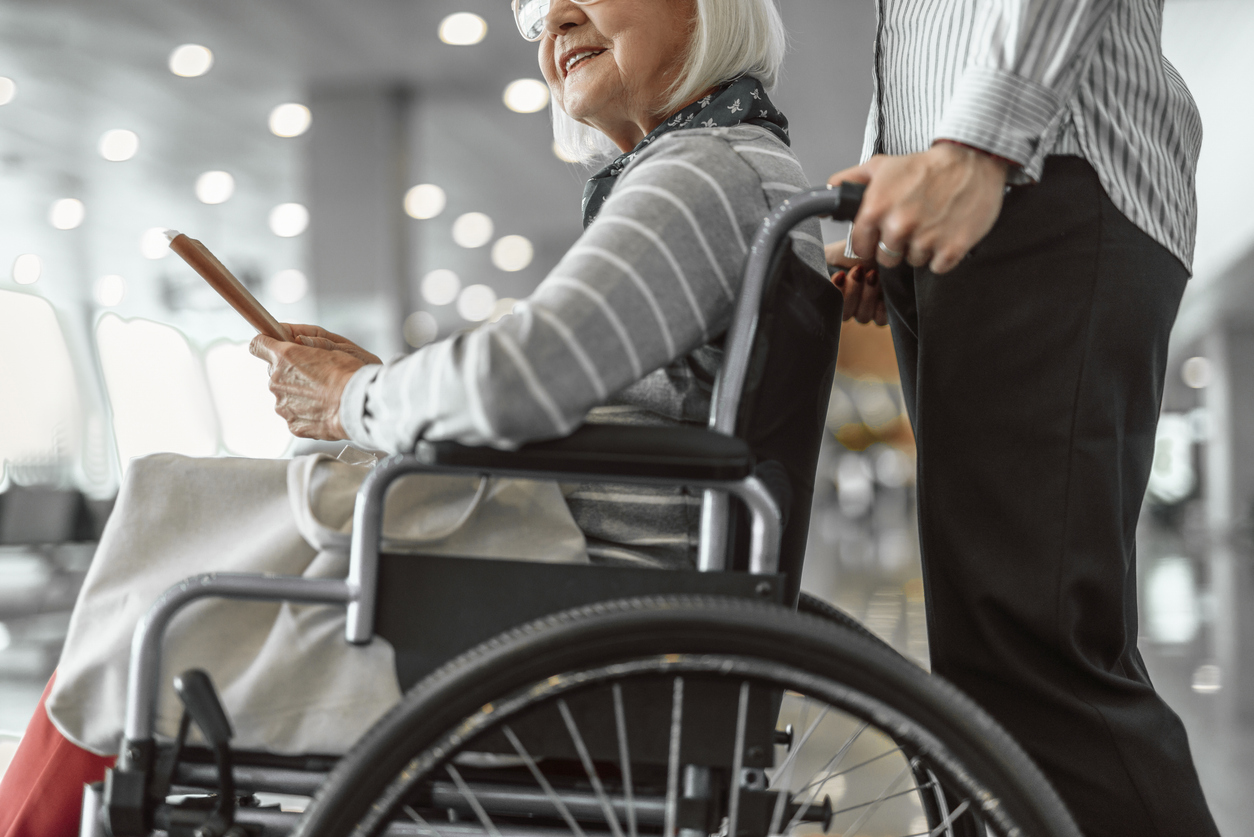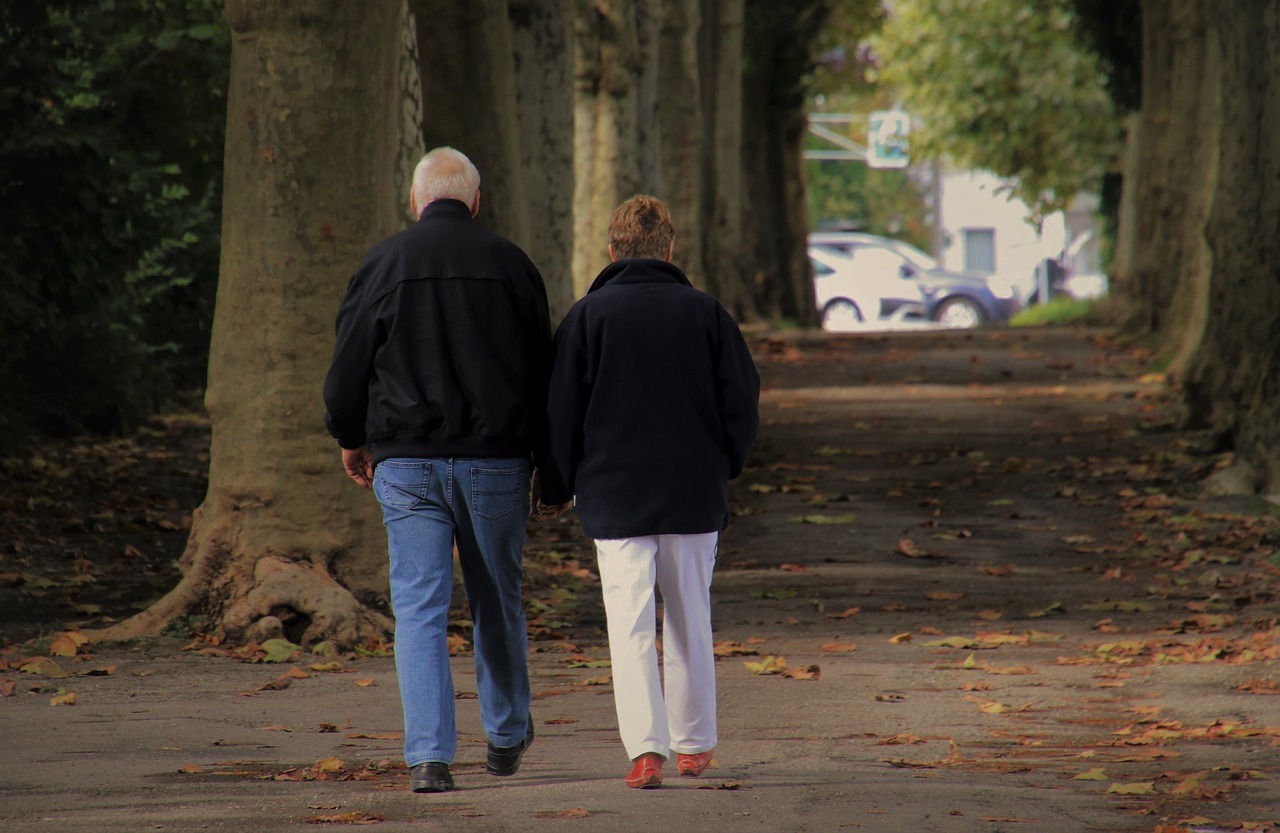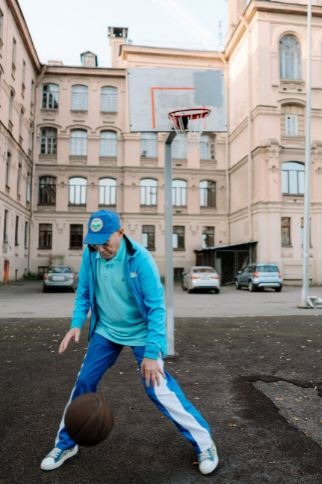Texas-Curated Mobility Aids & Comfort Products for Seniors

Texas seniors can find specialized mobility aids from walking supports to smart wheelchairs that adapt to your unique needs. You’ll discover comfort products like therapeutic mattresses and ergonomic bathroom accessories designed for the Texas climate. Medicare Part B typically covers 80% of medically necessary durable medical equipment (DME) after the annual Part B deductible, while state and local programs can assist income-eligible older adults. With proper documentation, you can access customized solutions that help prevent falls and enhance independence. The right mobility tools also foster social engagement and overall wellness.
The Evolving Landscape of Senior Mobility in Texas
The silver wave sweeping across Texas brings challenges and opportunities for senior mobility. As adults 65+ approach about one in six Texans by 2030, traditional support systems are adapting amid slower working-age population growth. This demographic shift is driving innovation in multi-generational caretaking models, where families modify homes to accommodate aging relatives while maintaining independence. Financial incentives for home modifications—local grants, nonprofit assistance, and property-tax relief programs—are increasingly important as most homes lack aging-in-place features like grab bars and step-free entries. Given fast growth in the older-adult population, demand for these upgrades is set to accelerate across both rural and urban communities. The economic diversity among Texas seniors is reshaping mobility solutions—from high-end smart-home technology for affluent retirees to practical adaptation kits for middle-income households—reflecting the state’s wide range of settings and needs.
Essential Mobility Aids for Texas Seniors’ Independence
View this post on Instagram
As mobility changes with age, Texans increasingly turn to assistive devices that preserve independence and quality of life. Canes, walkers, and rollators dominate usage patterns, lowering fall risk while supporting everyday autonomy. For those with greater limitations, manual wheelchairs, powered wheelchairs, and mobility scooters provide pivotal support, often paired with physical or occupational therapy to maximize function. Home modifications—including secure grab bars and raised toilet seats—can dramatically improve transfer safety. Emerging smart wearables with health monitoring add timely alerts for users and caregivers. These technologies not only support physical movement but also encourage social participation—a key pillar of senior wellness. Modern rollators with padded seats and backrests enable planned rests without sacrificing mobility. Matching the device to the user’s needs meaningfully increases independence while reducing reliance on personal assistance.
Comfort Products That Enhance Daily Living for Elderly Texans
Designed for comfort, safety, and accessibility, quality-of-life products help Texans navigate daily routines with greater ease. Therapeutic mattress toppers and memory-foam pillows relieve pressure and aid spinal alignment, improving sleep. Bathrooms benefit from ergonomic grab bars, shower chairs, and cushioned anti-slip mats that reduce fall risk. Consider adjustable beds with remote controls to change position without strain, paired with low-profile bed rails for safer transfers. For hot Texas weather, cooling gel pads and moisture-wicking fabrics help during hot weather; but when the A/C runs chilly, a soft Texas flag hoodie can keep cozy. Texas’s older-adult population is increasingly diverse, so product design now reflects a broad range of preferences and needs. Voice-activated assistants, lever-style door handles, and ergonomic kitchen tools can lessen strain on arthritic hands and make daily tasks more manageable.
Smart Technology Integration in Modern Mobility Solutions
Rapid advances in assistive tech have turned traditional aids into responsive tools that adapt to your habits. Today’s powered wheelchairs can store personalized drive profiles, while smart walking aids with motion tracking support safer gait and provide real-time feedback. Secure IoT connectivity lets devices interact with smart homes—opening doors, adjusting lighting, or calling an elevator. Seniors with limited mobility can control connected devices through voice commands, and caregivers can use GPS or tele-alerts for added safety. Easy-to-use apps place control at your fingertips, while sensors embedded in lightweight frames reduce discomfort over long periods. These innovations not only reinforce independence but also link you to clinicians through remote check-ins, vitals logging, and telehealth.
Navigating Medicare and Insurance Coverage for Mobility Products
View this post on Instagram
Understanding coverage can significantly affect access and cost. Medicare Part B generally covers medically necessary DME for use in the home—typically 80% after the Part B deductible—when your clinician documents need and suitability for home use. Know the exceptions: knee scooters are often not covered, and prior authorization is commonly required for power wheelchairs. Medicare includes Parts A, B, C (Medicare Advantage), and D; Medicare Advantage plans may have different rules, networks, or prior-auth requirements. Documentation is pivotal: expect a face-to-face evaluation, a detailed written order, and clinical notes supporting medical necessity for home use. If a claim is denied, work with your provider to appeal and supply added documentation. For accessories and customizations, your clinician must show they’re functionally necessary, not purely for comfort.
Texas-Based Resources for Affordable Senior Mobility Aids
Seniors in Texas can tap Area Agencies on Aging (AAA), Aging & Disability Resource Centers (ADRCs), and local Centers for Independent Living (CILs) for guidance, referrals, and benefits counseling. The Alamo Area Council of Governments and other regional AAAs provide information on caregiver support, home modifications, and equipment loan closets. The Gulf Coast ADRC serves multiple coastal counties with referrals for accessibility needs, while the ADRC of Texoma supports Cooke, Fannin, and Grayson counties. Statewide and national nonprofits (e.g., disease-specific foundations and veteran-service groups) may offer grants, equipment exchanges, or low-cost devices. Start with your local AAA/ADRC to map available programs, eligibility, and vendors that accept Medicare or Medicaid.
Customizing Mobility Solutions for Diverse Senior Needs
Customization is the heart of effective mobility planning. Set walker height so elbows bend ~15° for comfort and posture. In wheelchairs, cushion materials that manage pressure and moisture help prevent skin breakdown; adjustable backs and leg rests tailor posture support. Practical add-ons—baskets, trays, cup holders—enable hands-free carrying. Choose a walker for maximum stability or a rollator for smoother movement with integrated seating and hand brakes. For longer distances, consider a rollator with a comfortable seat and locking brakes, or a mobility scooter with shock-absorbing suspension. Many aids now offer adjustable alerts and phone integration to match hearing, vision, or dexterity needs.
Fall Prevention and Safety Features in Quality Mobility Products
About one in four Americans age 65+ experiences a fall each year, making prevention essential. Look for wide-base canes or walkers that distribute weight, proper device height adjustment, and ergonomic grips to reduce fatigue. Non-slip tips or tires improve traction across surfaces. Improper setup or technique can increase risk, so request training from a clinician or vendor. Four-wheeled walkers (rollators) require attention to braking—especially on slopes or uneven terrain. Ask your provider for an annual fall-risk assessment to ensure your device still matches your balance, strength, and home layout. Falls among older adults lead to roughly 3 million emergency-department visits each year, underscoring the value of the right device and instruction.
How Mobility Aids Support Social Engagement and Mental Wellness
Mobility and social health go hand in hand. With the right aids, older adults can more easily visit friends, attend services, and volunteer—activities strongly linked to lower isolation and improved mood. Your cane, rollator, or wheelchair is more than physical support—it’s a gateway to staying connected. These tools reduce anxiety about getting around, making it easier to maintain routines and pursue hobbies. When in-person plans aren’t possible, proper seating and positioning can make video calls and online groups more comfortable, keeping conversations—and community—within reach.




